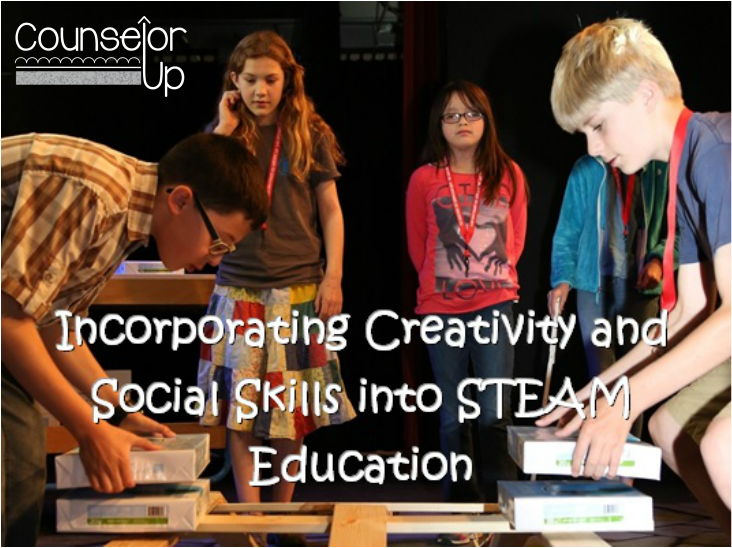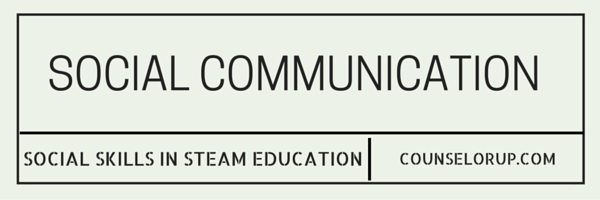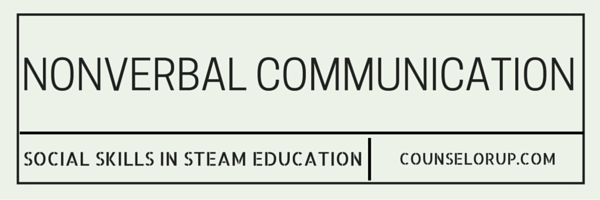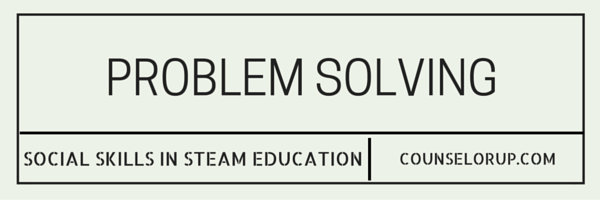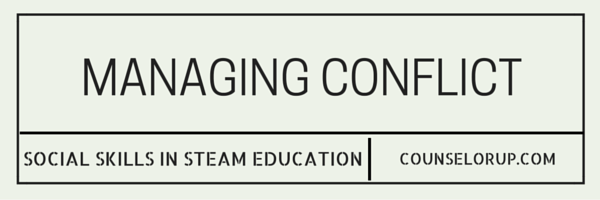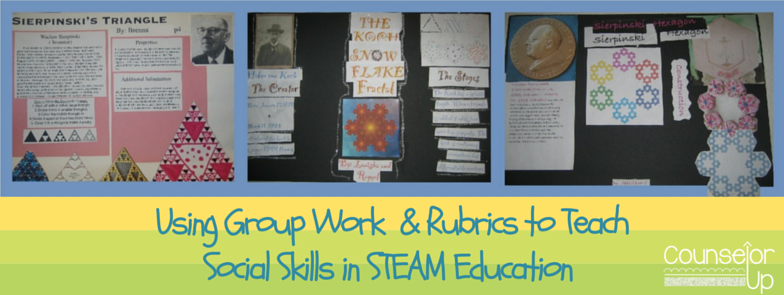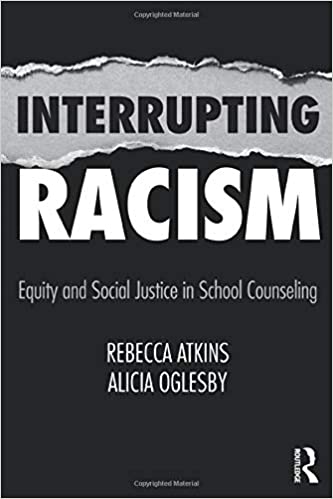Primarily, our educational systems need to focus on growing a student's social intelligence and critical thinking skills within the context of STEAM education. There are six key areas of social growth that can strengthen STEAM educational effectiveness: social communication, nonverbal communication, group dynamics, expression, problem solving, and managing conflict. A great way to incorporate these skills into a STEAM classroom is through group projects.
In summary, whatever acronym it uses, STEM and STEAM education can focus on growing a student's social intelligence and critical thinking skills within the context of a science, technology, engineering, art, or math group project. A great way to incorporate these skills into a STEAM classroom is through well thought out and structured group projects like the sample lesson and project below. Individual student roles within the group and clear, concise rubrics for assessment help build these social skills into the educational framework.

